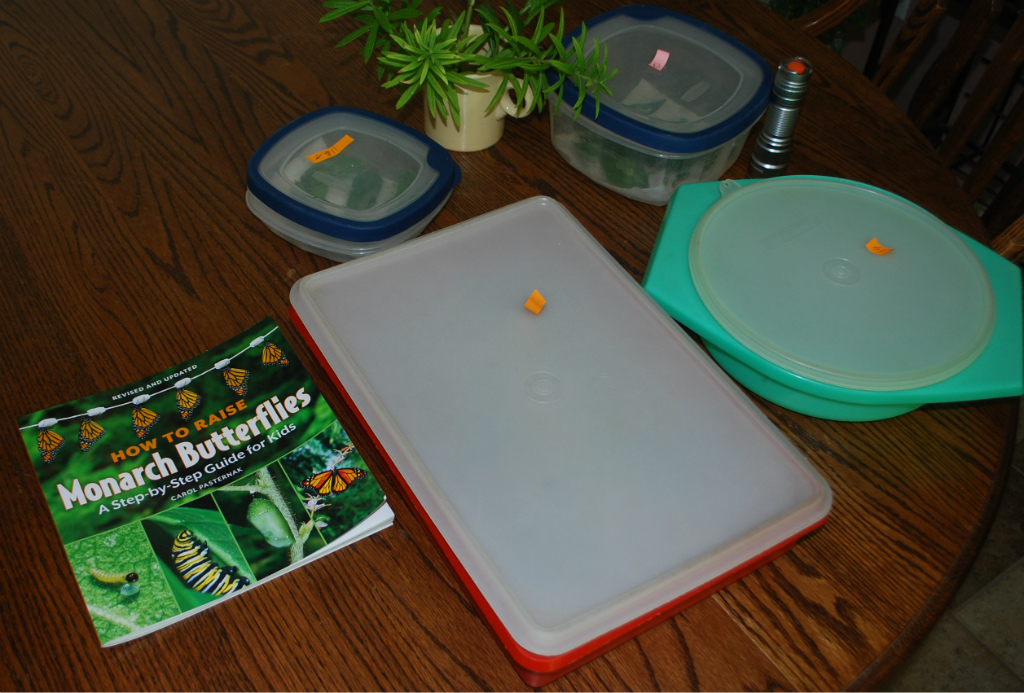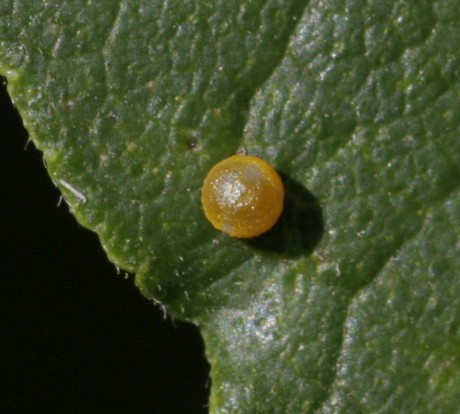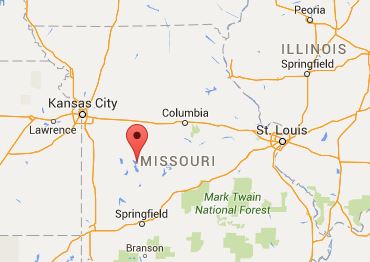Category: Butterflies & Moths
a growing place… (monarch adoption)
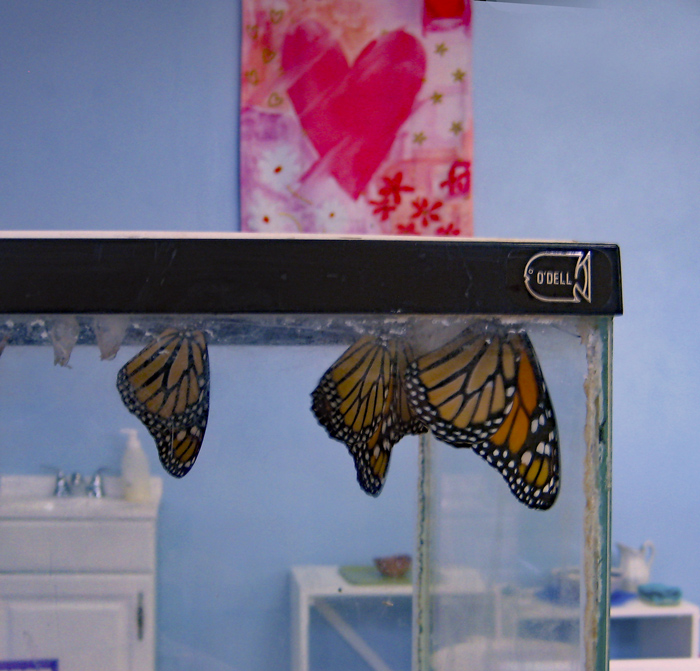
By Marypat Ehlmann Member-at-Large and Volunteer Coordinator, Wild Ones – St. Louis Chapter In early/mid-April the St. Louis region received our first wave of monarchs migrating north. This was unexpected and about 4-6 weeks before most milkweed in neighborhood yards was tall enough to support feeding a brood of very…
We need help raising abundance of early baby monarchs
Even my tiny wafer ash tree provides habitat
Rain during a butterfly ID workshop? No problem!
Book Review: Gardening for Butterflies

Gardening for Butterflies: How You Can Attract and Protect Beautiful, Beneficial Insects Xerces Society Timber Press: Portland OR, 2016 287 pages Reviewed by Carol Boshart Member, Wild Ones – St. Louis Chapter Written by the Xerces Society which is dedicated to invertebrate protection, this book is designed for both novice…
Milkweed’s toxins protect butterflies
By Marcia Myers Not only does this amazing plant act as a nursery, provide nectar, and serve as an important food source, it provides extra protection from predators. Both monarchs (Danaus plexippus) and queen butterflies (Danaus gilippus) store cardenolides, toxins obtained from their milkweed (Asclepias spp.) diet. Why aren’t the butterflies poisoned? Monarchs…
Pros and cons of raising monarchs
By Marcia Myers Monarch butterflies are in serious decline, so raising and releasing them must be good, right? It would seem so, but some experts have concerns. On October 8, “a group of 10 monarch researchers and conservationists from across the U.S. issued a statement highlighting concerns with the release…
The buckeye and the slender-leaved false foxglove
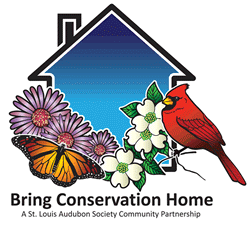
By Cori Westcott of Bring Conservation Home While enjoying the expansive vista of a prairie, my eye stopped upon a strange looking little creature just beyond the boardwalk. A buckeye (Junonia coenia) caterpillar was dining upon a slender-leaved false foxglove (Agalinus tenuifolia), formerly a Gerardia. The false foxglove flowers from…
A Case for Pussytoes
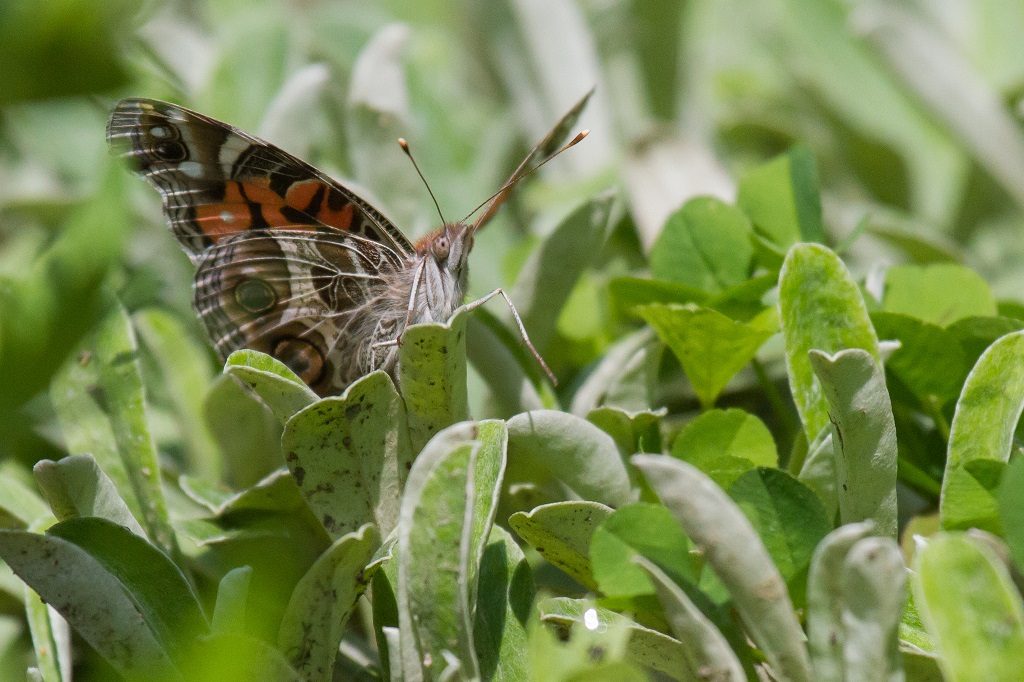
By Dawn Weber Pussytoes is a low-growing native groundcover with understated spring blooms and silvery-green leaves that resemble the soft pads of a cat’s paw. Field or prairie pussytoes, botanically named Antennaria neglecta, are native to the north east and north central US as well as much of Canada. Just…
a growing place… (monarch adoption)

By Marypat Ehlmann Member-at-Large and Volunteer Coordinator, Wild Ones – St. Louis Chapter In early/mid-April the St. Louis region received our first wave of monarchs migrating north. This was unexpected and about 4-6 weeks before most milkweed in neighborhood yards was tall enough to support feeding a brood of very…
We need help raising abundance of early baby monarchs
Even my tiny wafer ash tree provides habitat
Rain during a butterfly ID workshop? No problem!
Book Review: Gardening for Butterflies

Gardening for Butterflies: How You Can Attract and Protect Beautiful, Beneficial Insects Xerces Society Timber Press: Portland OR, 2016 287 pages Reviewed by Carol Boshart Member, Wild Ones – St. Louis Chapter Written by the Xerces Society which is dedicated to invertebrate protection, this book is designed for both novice…
Milkweed’s toxins protect butterflies
By Marcia Myers Not only does this amazing plant act as a nursery, provide nectar, and serve as an important food source, it provides extra protection from predators. Both monarchs (Danaus plexippus) and queen butterflies (Danaus gilippus) store cardenolides, toxins obtained from their milkweed (Asclepias spp.) diet. Why aren’t the butterflies poisoned? Monarchs…
Pros and cons of raising monarchs
By Marcia Myers Monarch butterflies are in serious decline, so raising and releasing them must be good, right? It would seem so, but some experts have concerns. On October 8, “a group of 10 monarch researchers and conservationists from across the U.S. issued a statement highlighting concerns with the release…
The buckeye and the slender-leaved false foxglove

By Cori Westcott of Bring Conservation Home While enjoying the expansive vista of a prairie, my eye stopped upon a strange looking little creature just beyond the boardwalk. A buckeye (Junonia coenia) caterpillar was dining upon a slender-leaved false foxglove (Agalinus tenuifolia), formerly a Gerardia. The false foxglove flowers from…
A Case for Pussytoes

By Dawn Weber Pussytoes is a low-growing native groundcover with understated spring blooms and silvery-green leaves that resemble the soft pads of a cat’s paw. Field or prairie pussytoes, botanically named Antennaria neglecta, are native to the north east and north central US as well as much of Canada. Just…


